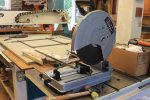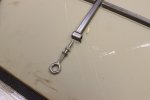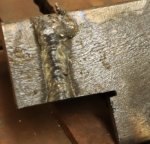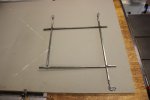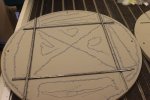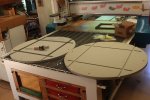Leo Voisine
Member
- Messages
- 5,728
- Location
- East Freeetown, Massachusetts
Well this was a bit hair raising but I got through the first part.
This is 1/2 PVC I did a bunch of stuff wrong, so I need to remake some of the letters.
I used a 1/8" 2 flute end mill.
At the end I was testing some speed and feed.
I ended up with: 18200 RPM, 150 IPM, results in .0041 Chipload.
Chipload is kinda light, but for a small end mill it's OK.
These pics are straight off the machine, not cleaned up yet.
I need to remake some letters and one more ring.
After that I need to make the base sign.
Something REALLY new for me will be making the welded frame interior for the base.

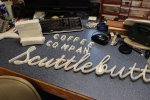
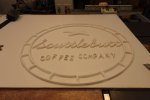
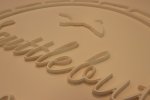
This is 1/2 PVC I did a bunch of stuff wrong, so I need to remake some of the letters.
I used a 1/8" 2 flute end mill.
At the end I was testing some speed and feed.
I ended up with: 18200 RPM, 150 IPM, results in .0041 Chipload.
Chipload is kinda light, but for a small end mill it's OK.
These pics are straight off the machine, not cleaned up yet.
I need to remake some letters and one more ring.
After that I need to make the base sign.
Something REALLY new for me will be making the welded frame interior for the base.






